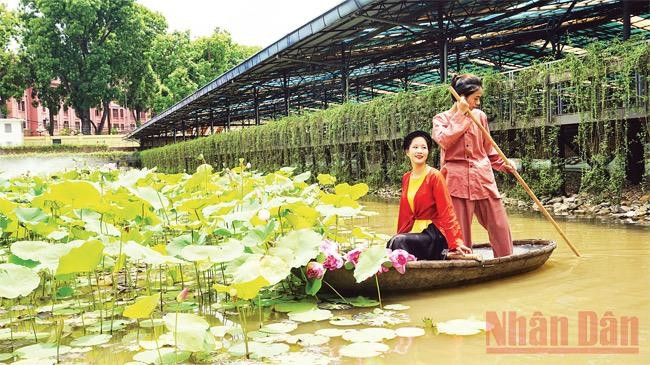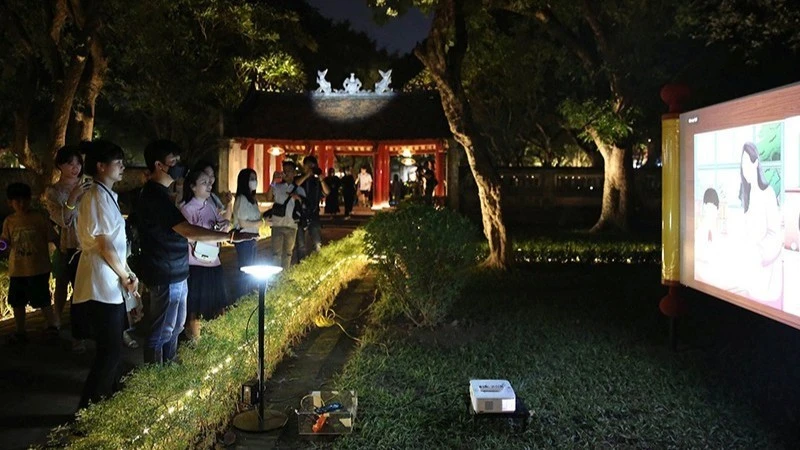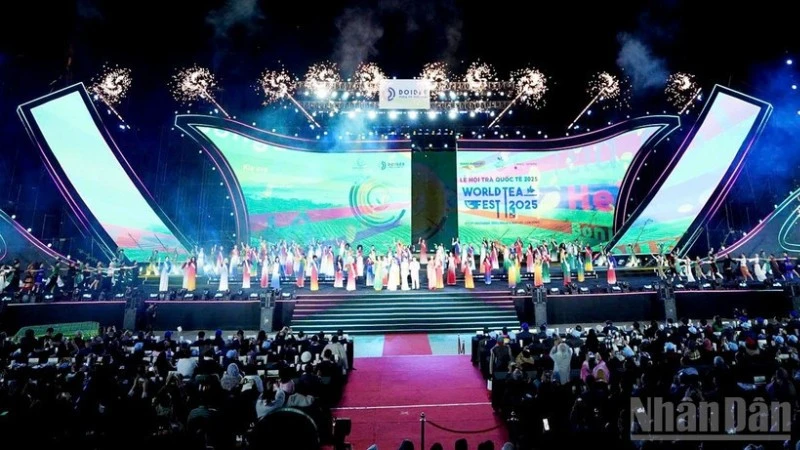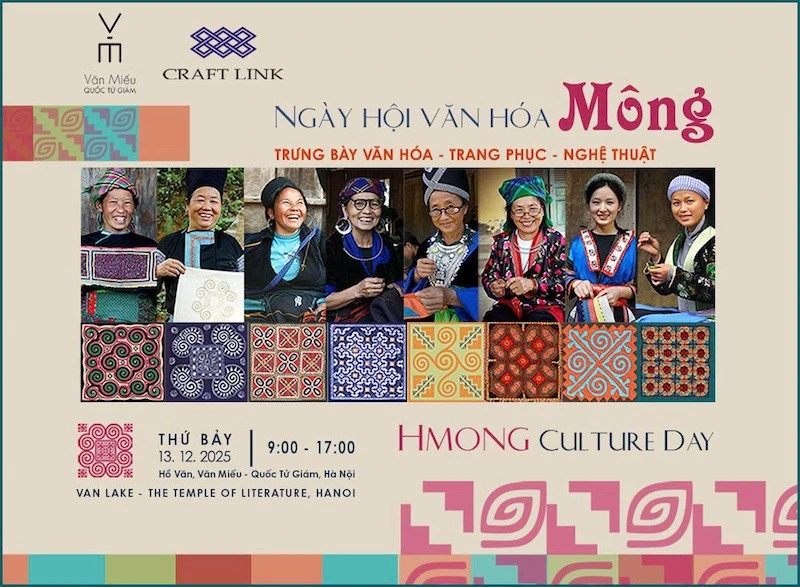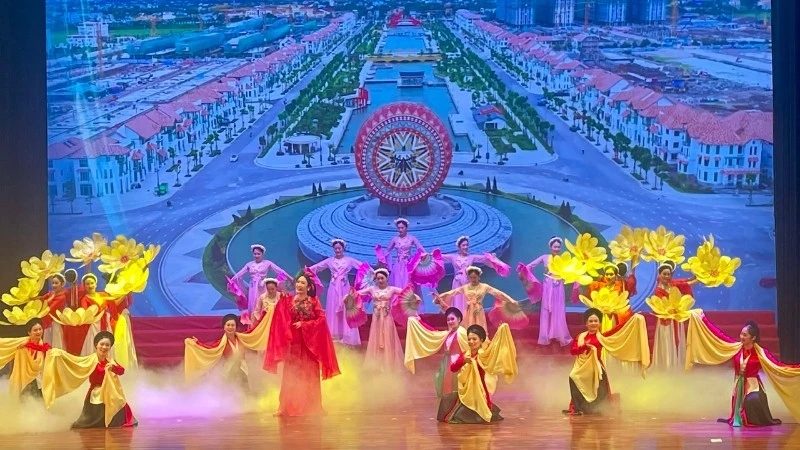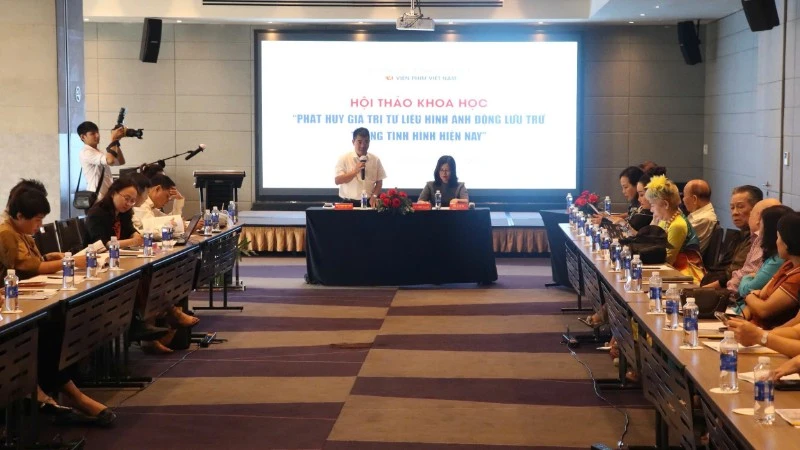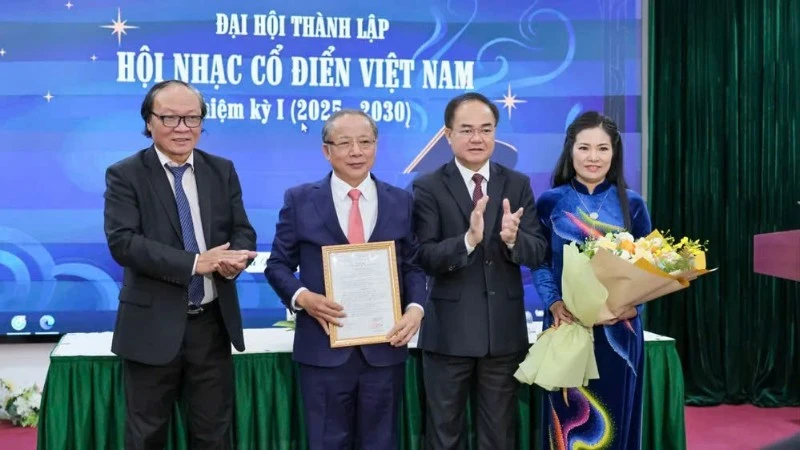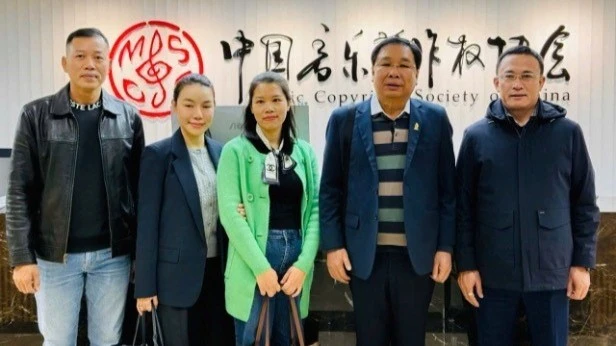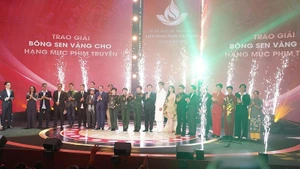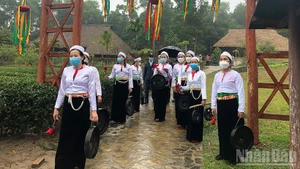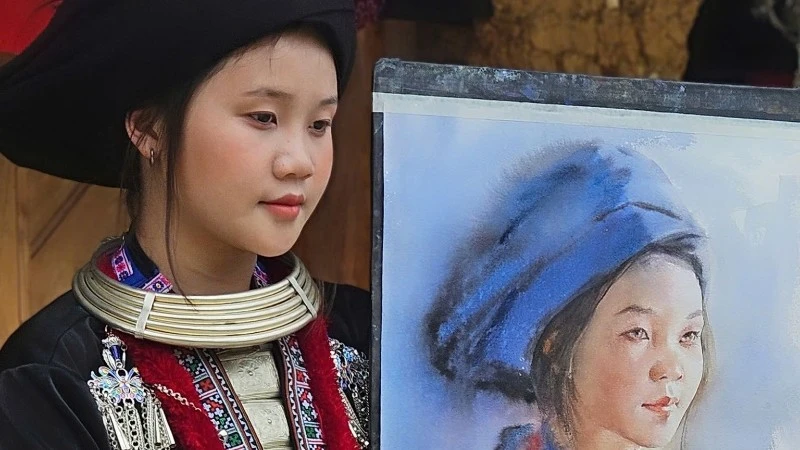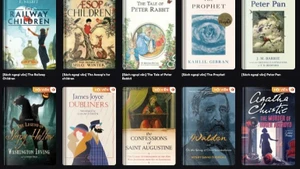Vietnamese art is influenced by the world from production models to aesthetic thought and art theory, from artists' creative activities to public reception. The increase of globalisation and the deep integration of Vietnam and the global "playgrounds" make the process of contact between Vietnamese literature and the world increasingly complicated.
Besides state agencies, organisations and professional associations, private enterprises as well as international agencies and organisations in Vietnam also participate in the process of cultural contact between Vietnam and the rest of the world. Besides the national legal and policy system, Vietnam also participates in international treaties; in which the art business is also considered a form of business; and the art market is also a part of the commodity market.
Duality of globalisation
Globalisation has made art life in Vietnam directly connected with global contemporary art life. Moreover, the exchange relationship between Vietnam and the world in the field of art has taken place in both directions, meaning that Vietnam not only receives world art, but Vietnamese art has been integrated into the artistic life of mankind.
Globalisation has opened the door of exposure towards the world's art, contributing to the rich and diverse development of artistic life in Vietnam, with a variety of product forms aimed at different audiences. It is the driving force that promotes the creativity of artists in many fields.
However, globalisation is also putting the Vietnamese artistic life in front of challenges. Looking at an overall correlation, it can be said that the process of globalisation takes place unevenly in the fields and disciplines of the artistic life. There are art branches that have accumulated a long development tradition, so the process of receiving world art takes place in a very profound way, reaching the theoretical and aesthetic levels.
Typical are the fields of literature, fine arts, music and cinema. The market mechanism also makes contact in the field of popular art very exciting, while scholarly art, without the support from the State or foreign cultural funds, will face great difficulties. This can lead to an imbalance in the artistic life.
Besides, the uncontrolled globalisation process and lack of regulatory policies will lead to the massive spread of imported cultural, entertainment products and threaten the national art scene.
The cultural industry in Vietnam is still very young, but it has a history of development that precedes decades in the countries around us, along with the growing economic base that has led to a state of the art market. Vietnamese art is always in danger of being overwhelmed by imported art products.
In addition, with the participation of non-governmental and foreign actors together, with the negative effects of the market mechanism, may lead to the risk of loss of control from the State as well as the risk of public exposure to bad, ideological and cosmetically toxic products.
Creating internal force for culture
Over the past decades, our Party and State have taken correct directions to orient the literary and artistic life to develop in a healthy way the context of the market economy and globalisation.
However, in the current situation, more than ever, the Party and State need to make timely decisions, perfect institutions to create internal force for the national art, actively receive the world's artistic quintessence and introduce Vietnam's human values abroad.
Historical lessons from the renovation of the country in the 80s and 90s of the last centuries show that the policy and institutional innovation is the most important factor creating the driving force for development.
From 1986 up until now, the Party has had the right views on cultural development in accordance with the new context, but important is the cross-cutting thought on socialisation of cultural activities formed from the Resolution of the fifth session of the eighth-tenure Party Central Committee; and the recognition of the cultural industry and the cultural market expressed in Resolution 33- NQ/TW of the 9th session of the 11th-tenure Party Central Committee.
These are ideological innovations that are suitable for the development of culture in the socialist-oriented market economy institution and in the context of globalisation. In essence, both policies are related to the replacement of the subsidy mechanism and the mobilisation of social resources into the cause of cultural development, including literature and art.
It is necessary to legislate and concretise the Party's line into appropriate policies that directly affect cultural development. It is necessary to accurately redefine the fields that can mobilise social resources (mainly related to popular art) and the areas where the State's subsidies are required, and even enhanced state subsidies are required (mainly related to art research, art training, traditional arts and elite arts).
Moreover, it is necessary to have policies of the State to encourage the private sector to invest and sponsor the arts. In the legal systems of developed countries, arts sponsorship is also considered equivalent to charitable activities and will receive tax incentives.
From the other side, if culture is considered an industry, there should also be protection and encouragement policies for this particular industry. According to a statistic published in 2019, the number of Vietnamese films produced in a year is about 40 films and the number of imported films is nearly 200.
In order to develop the publishing market, film production, painting, it is necessary to have specific policies for tax incentives, support to access preferential capital as well as policies related to appraisal, specific censorship and funding.
The painting market in recent years has shown that in addition to the increase in the price of Vietnamese paintings at international auctions, the problem of counterfeit paintings is also increasing. Paintings of unknown origin are also a big threat.
Experiences from countries such as the Republic of Korea, China and Japan show that, in order to develop national artistic activities, it is necessary to have programmes initiated and invested by the State. In order for Vietnamese literature to be translated and promoted abroad, it is necessary to have fairs so that publishers around the world can grasp the development situation of Vietnamese literature, have favourable conditions in buying copyrights. It is necessary to have long-term scholarships for translators through the universities.
The translation of quintessential work is mainly done in the academic environment of the university, but cannot be "floated" for the operation of the market mechanism and foreign publishers. In order for cultural industries such as cinema or music to take off, it is necessary to have comprehensive training programmes for human resources, from production teams to art practitioners and artists.
It can be said that the improvement of institutions, the policiesof the Party's cultural line, combined with the self-directed efforts of the art practitioners, can help literature and art in Vietnam create and have a strong internal force to face the globalisation process.
